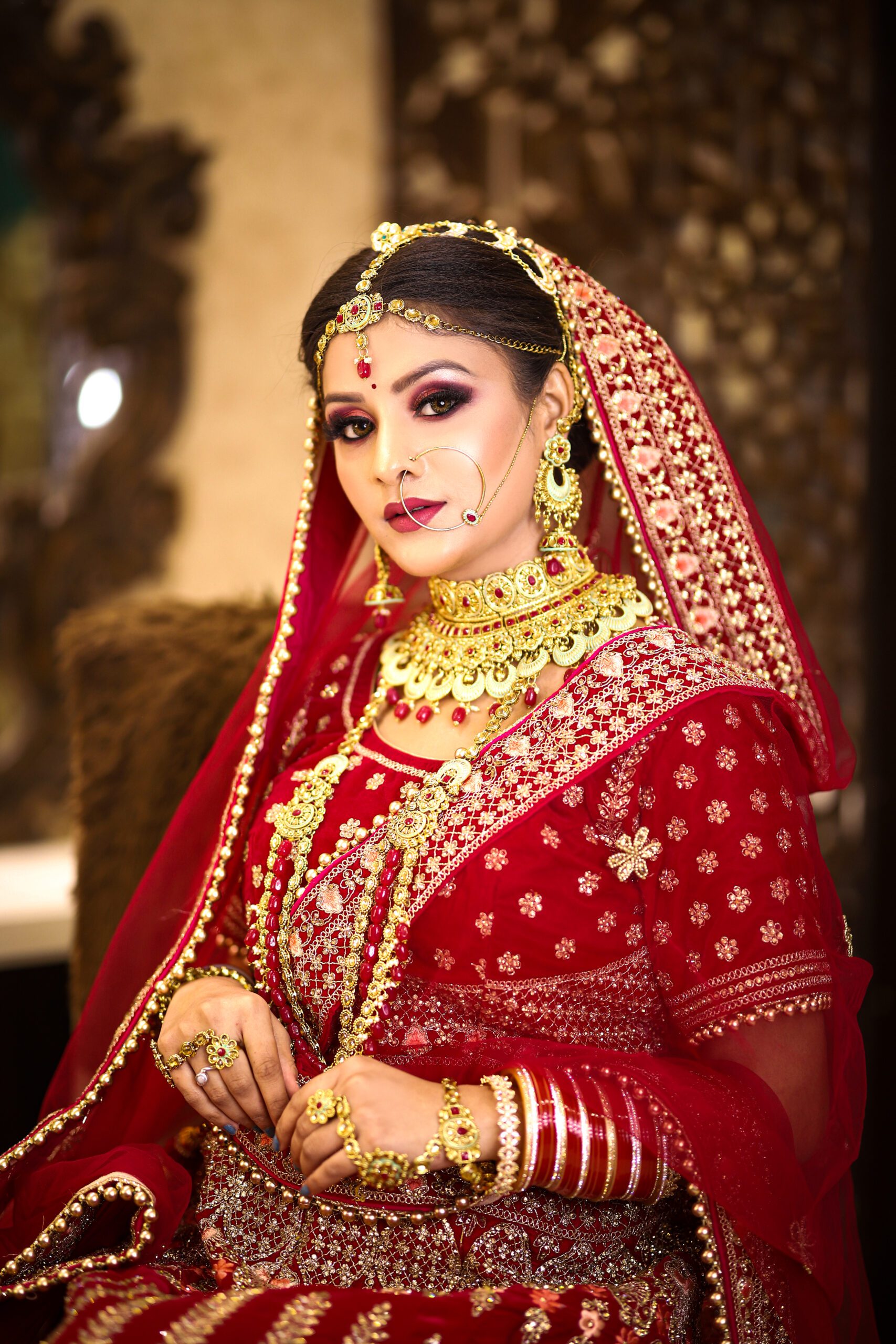Marriage is a sacred union that brings together two individuals, families, and communities. It is a celebration of love, commitment, and the beginning of a new chapter in life. Across different cultures and regions, wedding ceremonies are accompanied by a variety of rituals and customs that add depth and meaning to the occasion. In Punjab, one such ancient tradition is the Suhag Pitari, a significant ritual that involves the bride’s in-laws presenting her with a pitari containing symbolic items such as a coconut and chawhar on her wedding day. In this article, we will explore the history, significance, and elements associated with the Suhag Pitari ritual in Punjab’s marriage traditions.

-
“The Suhag Pitari Tradition: A Journey of Blessings and Love”
Suhag Pitari is a centuries-old custom deeply rooted in Punjab’s cultural heritage. The term “Suhag” refers to the bride’s married life, happiness, and prosperity, while “Pitari” translates to a small wooden box or container. This ritual symbolizes the blessings, good wishes, and acceptance of the bride by her in-laws. The Suhag Pitari is a tangible representation of these sentiments, and its contents hold both traditional and auspicious significance.
2. “Unveiling the Suhag Pitari: Blessings and Symbols in Punjab Weddings”
The Suhag Pitari is usually brought to the bride by her in-laws on her wedding day. It is adorned with beautiful decorations, including intricate embroidery, mirrors, beads, and vibrant colors. The pitari itself is often handcrafted, reflecting the artistic skills and cultural aesthetics of Punjab. The ceremonial presentation of the Suhag Pitari to the bride is a momentous occasion, filled with anticipation and joy.
3. “The Suhag Pitari Ritual: Symbolism and Significance in Punjab’s Marital Customs”
One of the central elements of the Suhag Pitari is the coconut. The coconut holds immense cultural and spiritual significance in Punjab’s wedding rituals. It symbolizes fertility, prosperity, and the blessings of a blissful married life. The coconut’s hard shell represents strength and resilience, while its inner fruit signifies the sweetness and nourishment that the bride brings to her new family. The coconut is believed to ward off evil and ensure the couple’s happiness and well-being throughout their married life.
4. “Embracing Tradition: The Suhag Pitari Ritual in Punjab’s Wedding Celebrations”
Another essential item found in the Suhag Pitari is chawhar, which is essentially a ceremonial fan made of fine fibers. Chawhar has been a prominent feature in Punjab’s wedding traditions for centuries. It represents dignity, grace, and respect for the bride. The act of fanning the bride with chawhar during the wedding ceremony is a symbol of honor, acknowledging her as the new member of the family. Chawhar is also associated with the idea of protection and shielding the bride from any harm or negative influences.
5. “Suhag Pitari: Symbolic Treasures of Love and Unity in Punjabi Weddings”
Apart from the coconut and chawhar, the Suhag Pitari may also contain other symbolic items. These can vary based on regional customs, family traditions, and personal preferences. For instance, it may include a small mirror, which signifies beauty and self-reflection, or a small vial of kumkum (vermilion), representing the married woman’s status and auspiciousness. Some families also include precious jewelry, such as bangles or a necklace, as a token of love and blessings for the bride.
6. “The Suhag Pitari Tradition: Bridging the Past and Future in Punjab Weddings”
The presentation of the Suhag Pitari is a significant moment during the wedding ceremony. The bride’s in-laws hand over the pitari to her, symbolizing their acceptance, love, and blessings. It is a gesture of welcoming her into the family and entrusting her with the responsibility of nurturing the relationship and upholding family traditions. The bride receives the Suhag Pitari with reverence, expressing her gratitude and commitment to her new role as a daughter-in-law.
7. “Cultural Richness in a Box: The Significance of Suhag Pitari in Punjab Marriages”
The Suhag Pitari ritual is more than just the exchange of gifts; it embodies the cultural values and customs that have been passed down through generations in Punjab. It represents the harmony and unity between the bride’s family and the groom’s family. The ritual is not just a formal gesture but also an expression of emotional bonds and shared aspirations for a prosperous future.
8.”The Suhag Pitari Ritual: A Testament to Love and Family in Punjab’s Weddings”
In addition to its symbolic significance, the Suhag Pitari ritual also fosters a sense of belonging and connection for the bride. It serves as a tangible reminder of her roots, traditions, and the love of her own family. The Suhag Pitari acts as a bridge between her past and present, providing comfort and reassurance as she embarks on her new journey as a married woman.
9. “Punjab’s Suhag Pitari: The Art of Bestowing Blessings and Warmth”
The Suhag Pitari ritual is deeply ingrained in Punjab’s wedding traditions, and its observance continues to hold great importance in contemporary times. It showcases the richness of Punjab’s cultural heritage, the value placed on family ties, and the celebration of womanhood. The ritual not only strengthens the bond between the bride and her in-laws but also reinforces the sense of community and togetherness among the families involved.
10. “The Suhag Pitari: A Timeless Tradition of Blessings and Acceptance”
In conclusion, the Suhag Pitari ritual is an ancient and cherished tradition in Punjab’s marriage customs. The presentation of the pitari, filled with symbolic items like the coconut and chawhar, represents blessings, happiness, and acceptance of the bride by her in-laws. It is a beautiful manifestation of Punjab’s cultural heritage, emphasizing the values of love, unity, and the importance of family bonds. The Suhag Pitari ritual serves as a reminder of the bride’s roots and traditions, while also marking the beginning of her new life as a married woman. It is a testament to the enduring significance of customs and rituals in celebrating the sacred union of marriage.






